Eye of the Pangolin – Pangolin.Africa (2019)
The etymological origin of the name pangolin comes from the Malay word pengguling. It means “one who rolls up”. The animal has at least eight species with a wide geographical distribution ranging from Africa to Indian subcontinent and southeast Asia including Malayan Archipelago and Indonesia. Unfortunately we know very little about this highly elusive animal and its existence is under threat. Scaly anteaters are quite unusual among mammals since their skin is covered by large and overlapping keratinized scales hugely […]

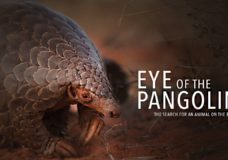
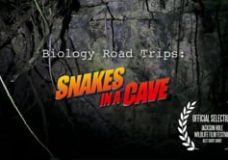
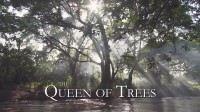


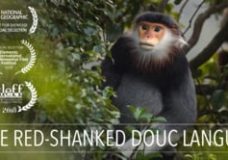
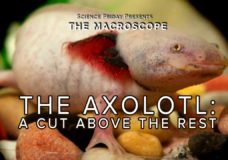

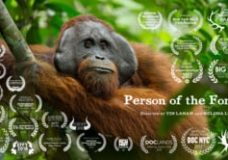

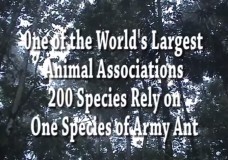
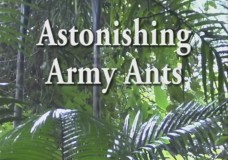
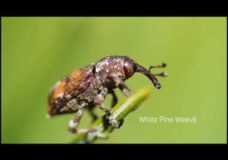
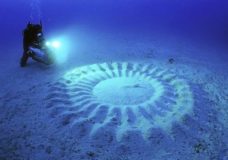
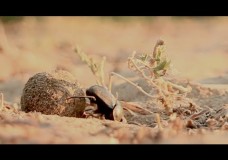

Recent Comments